STRATEGIC INVESTOR COURSE – Core Strategy
$399.00
OVERVIEW
The Strategic Investor course teaches strategies that could help students make financial choices for their long-term wealth accounts (e.g., retirement accounts, 401(k), IRAs, etc.). These choices require a solid understanding of how financial markets work, planning techniques, a strategic asset allocation (i.e., portfolio), and rule-based investment strategies that assesses market value based on the objective laws of supply and demand. With proper education and a well-defined plan, students can learn to invest with skill and confidence today, tomorrow and during retirement.
DETAILED COURSE OUTLINE
Strategic Investor – Part 1
To be able to participate actively in the course exercises, students will need to complete the course pre-essentials at home in advance of the class. During class, students may receive a courseware manual or eBook with room to write notes in either version (annotation is available in the eBook).
Strategic Investor Part 1 – Day 1: Assessing Health & Wealth
- Strategic Investor Foundations – Understand how the Strategic Investor thinks
- Investing Terminology – Learn how to speak about and understand the terms used in investing
- The Strategic Investor Process – Learn about the 3-step process used to manage the investment portfolio safely and efficiently
- Calculate the Rate of Return You Need – Define student’s target rate of return with financial calculators
- Strategic Asset Allocation – Learn how to spread money across multiple assets
Strategic Investor Part 1 – Day 2: Introduction to the Portfolio
- Finalizing Your Strategic Asset Allocation – Review current inventory and determine how to align a new allocation with desired rate of return needs
- Introduction to Building Your Portfolio – Discover the characteristics of different asset classes
- Assets in the Cash and Steady Income Investment Categories – Learn more about cash alternatives and preferred stocks
- Fixed Income Investments (a.k.a. Bonds) – Discover how bonds work and how informed Market Investors can learn to put them to use
- Other Steady Growth Assets (Indexed Annuities) – Learn how insurance companies market products that go up but never down
- Introduction to Options for Investors – Receive a basic understanding of Options and its role in strategically investing
- Dynamic 401k Management Strategy – Learn how to manage and enhance the efficiency of a 401(k)
Strategic Investor – Part 2
There will be either a courseware manual or eBook to support this course and the use of the Strategic Investing Portfolio.
Strategic Investor Part 2 – Day 1: Introduction to the Portfolio
- Review of Retail and Advanced Investment Vehicles – Explore the types of investment vehicles available
- Introduction to Options for investors – Learn a basic understanding of the Options asset class
- Yield-Powered Market Positions Strategy – Learn how to build stock market positions without exposing capital to stock market risk, in effect creating a Self-directed Indexed Annuity
- Assets for the Variable Growth Bucket – Discover the range of asset classes covered by Exchange Traded Funds (ETFs)
- Designing a Self-directed ETF Portfolio for your Variable Growth objectives – Learn how to select a set of ETFs to meet specific variable growth needs
- Market Timing for your Self-directed ETF Portfolio – Learn when to be in the markets (and when not to be) with market timing rules
Strategic Investor Part 2 – Day 2: Market Dynamics
- Review of Market Timing for Investors – Review the straight-forward strategy based on a Simple Moving Average. Discover a more precise timing method for active investors
- Managing your Self-directed ETF Portfolio – Learn to use simple charting tools to time purchases and sales of the ETFs in one’s portfolio
- Additional Options Strategies – Learn two option strategies with the potential for returns, when risk is managed properly
- Practice Trading with ETFs and Options– Practice buying and selling ETF shares and options contracts
Strategic Investor Part 2 – Day 3: Allocation Strategies
- Review of the Goals of Investing
- Investor Tax Considerations – Learn about ways to minimize taxes on investment income
- Practice Managing Your Self-directed ETF Portfolio – Use charts to identify buy and sell prices and practice identifying options and placing orders
- More on the Benefits of Rebalancing – Rebalancing in a more sophisticated technique, including the 20-20-20-20-20 strategy
More courses from this author: INVESTOR
Be the first to review “STRATEGIC INVESTOR COURSE – Core Strategy” Cancel reply
Related products
Forex - Trading & Investment
Options University – Technical Analysis Classes (Video, Manuals)
Forex - Trading & Investment
Forex - Trading & Investment
Mike McMahon – Professional Trader Series DVD Set (Full) (tradingacademy.com)
Forex - Trading & Investment
Paul Lemal – Bottom Springers. Bonsai Elite WaveTrader Course (8 DVDs & Manuals)
Forex - Trading & Investment

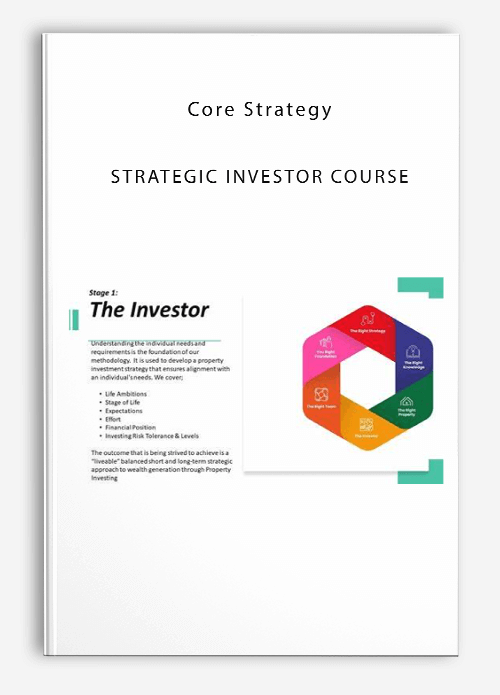

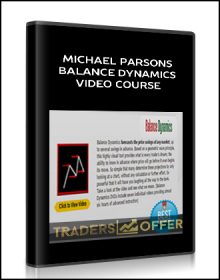
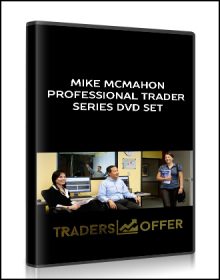

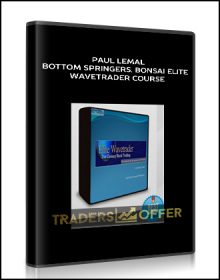
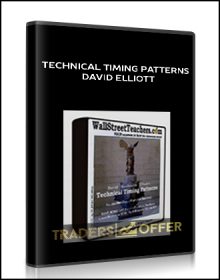
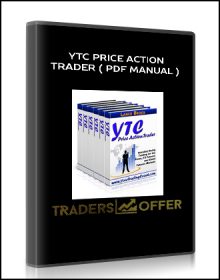
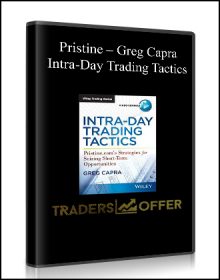
Reviews
There are no reviews yet.